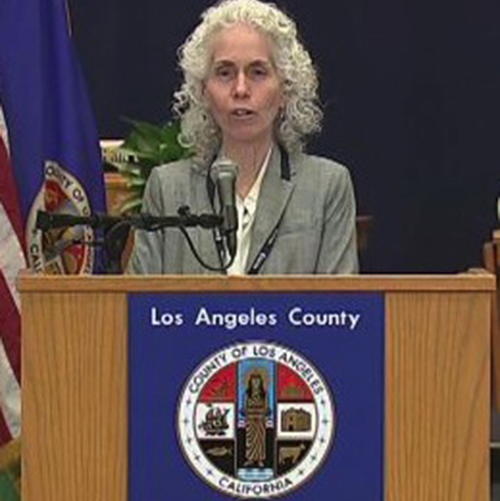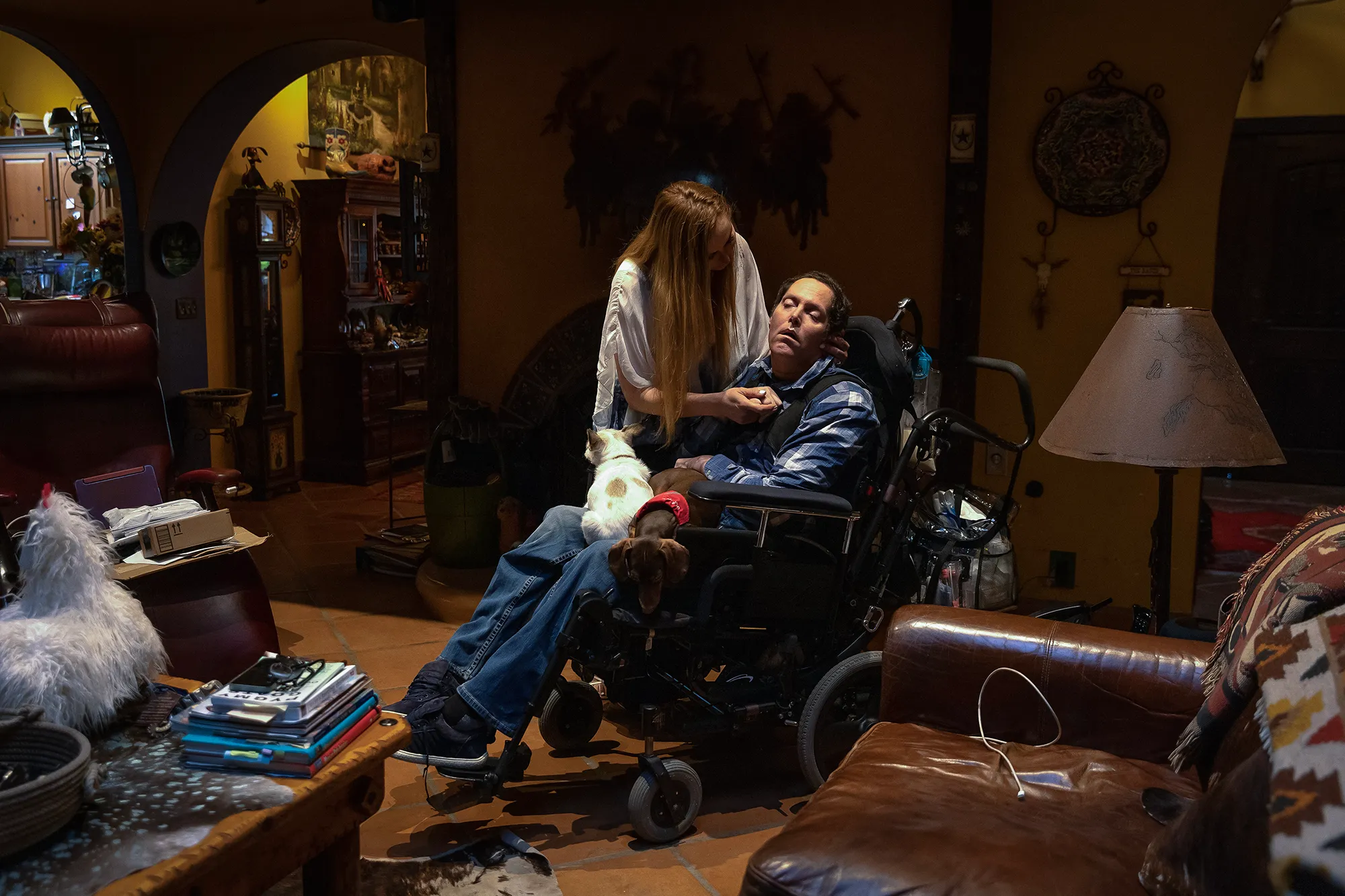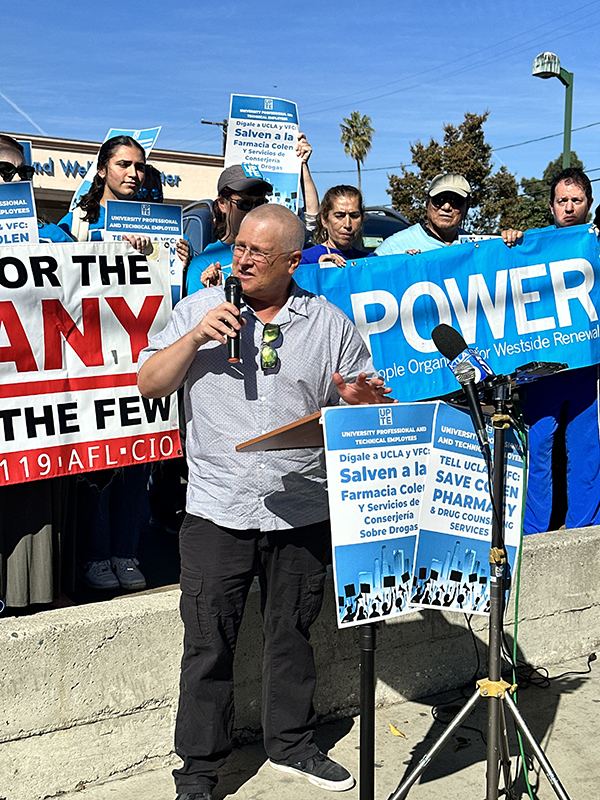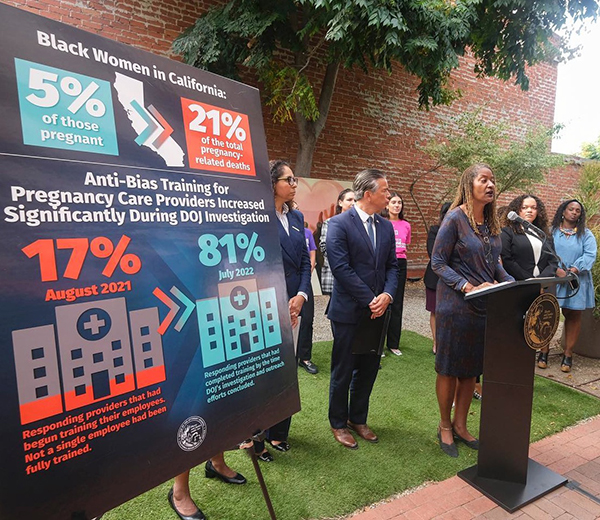Wave Wire Service
LOS ANGELES — As Los Angeles County celebrated the reopening of indoor restaurants, movie theaters and fitness centers thanks to declining COVID-19 cases, officials preached continued vigilance while reflecting on the anniversary of the first health order closing businesses and barring public gatherings.
“It was a time of great anxiety for our county,” county Supervisor Hilda Solis said March 15. “Grocery stores experienced long lines for residents, but eventually the streets cleared and people stayed home, concerned about when they’d see their loved ones next. In so many ways, this moment in time feels just like yesterday.”
It was March 16, 2020, when the first county health officer order was issued, shuttering businesses such as restaurants and bars that promoted extended interactions among patrons, and also banning large public gatherings of any kind.
“March was the month when we, like so many others, were coming to terms with the enormity of the threat that COVID-19 represented,” county Public Health Director Barbara Ferrer said.
She noted that three days after the initial health officer order was issued, both the county and the state issued “wide-reaching stay-at-home orders ordering the closure of any business that was considered non-essential, and we asked all residents to stay at home at all times unless to work at or access essential services.”
“At the time, we had no certainty of the road ahead, and no knowledge of the long journey that would entail months of horrific loss and extraordinary hardship,” Ferrer said. “It is a huge relief to be able to say with certainty that today, L.A. County is recovering. More businesses can reopen. There are more permitted activities and many children are going back to their schools.”
The reopenings are courtesy of the county’s move, effective at 12:01 a.m. March 15, into the less-restrictive red tier of the state’s four-level “Blueprint for a Safer Economy,” which lays down guidelines for economic activity amid the continuing pandemic.
Under Los Angeles County’s red tier guidelines — modeled after the state’s — indoor dining can resume at 25% of capacity. Restaurants must have 8 feet of distance between all tables, which are restricted to a maximum of six people from the same household. The rules also call for ventilation to be increased “to the maximum extent possible.”
Restaurant servers were already required to wear a face mask and a face shield. With the new rules, the Department of Public Health “strongly recommends” that employees upgrade their face coverings, through the use of higher-grade N95 or KN95 masks, or a combination of double-masking and a face shield.
Health officials also strongly recommend — but do not require — that all employees be informed about and offered the chance to be vaccinated against COVID-19.
Rules for other businesses that took effect March 15 largely align with state guidance for the red tier:
• Museums, zoos and aquariums can open indoors at 25% of capacity.
• Gyms and fitness centers can open indoors at 10% capacity, with required masking.
• Movie theaters can open at 25% capacity with reserved seating to provide at least six feet of distance between patrons.
• Retail and personal care businesses can increase indoor capacity to 50%.
• Indoor shopping malls can reopen at 50%, with common areas remaining closed, but food courts can open at 25% capacity and in adherence with the other requirements for indoor restaurants.
Moving to the red tier also allows the reopening of theme parks as early as April 1 — including Disneyland and Universal Studios Hollywood — at 15% of capacity, with in-state visitors only. Disney has announced a goal of reopening by late April. Universal Studios has not yet set a targeted opening date.
The red-tier rules also permit resumption of activities at institutes of higher education, and reopening of in-person instruction for students in grades 7-12. Private indoor gatherings are also permitted for people from up to three different households, with masking and physical distancing. People who are vaccinated can gather in small groups indoors without masking or distancing.
Ferrer and Solis warned, however, that despite the loosening business restrictions, the virus remains a threat, and complacency could lead to increased infections and potentially a slide back into the state’s most restrictive purple tier, which would re-impose economic shutdowns.
“We only have this opportunity because as a county and as a community, we worked hard,” Solis said. “We looked out for one another and we came together to crush the [winter] surge. Though we’re taking initial steps to reopen some of the hardest-hit sectors of our economy, this in no way means we can completely drop our guards. In fact, it means that as we begin to see some hard-earned reopenings, we must remain as vigilant as ever.”
Ferrer added that just because more businesses are reopening and more activities are allowed, it “does not mean that these activities are 100% safe and without risk.”
“We’re still in the middle of a pandemic, and whenever there are more opportunities for interactions with people not in your household, there can be more transmission of the virus,” she said.
The county reported another six fatalities due to COVID-19 March 15, lifting the overall death toll from the virus to 22,475.
Another 422 new infections were also reported, raising the cumulative total from throughout the pandemic to 1,210,663.
Hospitalizations due to COVID-19 continued dropping to 865, according to state figures, with 241 people in intensive-care units.
County Health Services Director Dr. Christina Ghaly noted that while the hospitalization number is still declining, it’s dropping at a slower pace than it has in recent weeks. She also said the rate of COVID transmission in the county — which is the average number of people a COVID patient infects with the virus — rose slightly in the past week, reaching 0.87, up from 0.79.
Although the number is up, it remains lower than 1.0, meaning spread of the virus is being slowed overall. If the number is higher than one, case numbers overall are expected to increase.
Counties are advancing more quickly through the four-tier system thanks to revised protocols that took effect March 12 when the state met a threshold of administering 2 million COVID vaccine doses in lower-income communities hard-hit by the pandemic.
The protocols will be revised again when the state reaches the 4 million vaccination threshold, a milestone that could push Los Angeles County into the even less-restrictive orange tier in the next month. Such a move would lead to even further loosening of capacity restrictions and a reopening of bars with outdoor service only.












